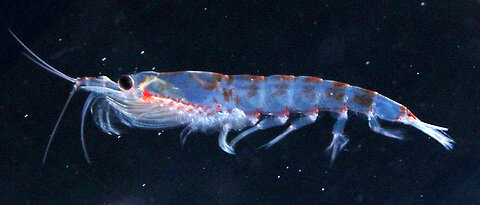We want to understand how the brain processes sensory information and adapts behavior to changing internal and external conditions. Using the vinegar fly (Drosophila melanogaster) as a model organism, we focus our research on sensory processing, neuropeptide signaling, circadian biology, and the neural control of behavior. We use advanced techniques, such as neurogenetics, in vivo two-photon imaging, patch clamping, optogenetics, and circuit reconstruction, as well as a wide array of assays for innate and learned behavior.
Our chair is geared towards international cooperations, which is why we're always happy to welcome colleagues from abroad. With our team assistant, Ms. Irina Wenzel, who has undergone further intercultural training, we also have a qualified contact person with certified intercultural competence.
